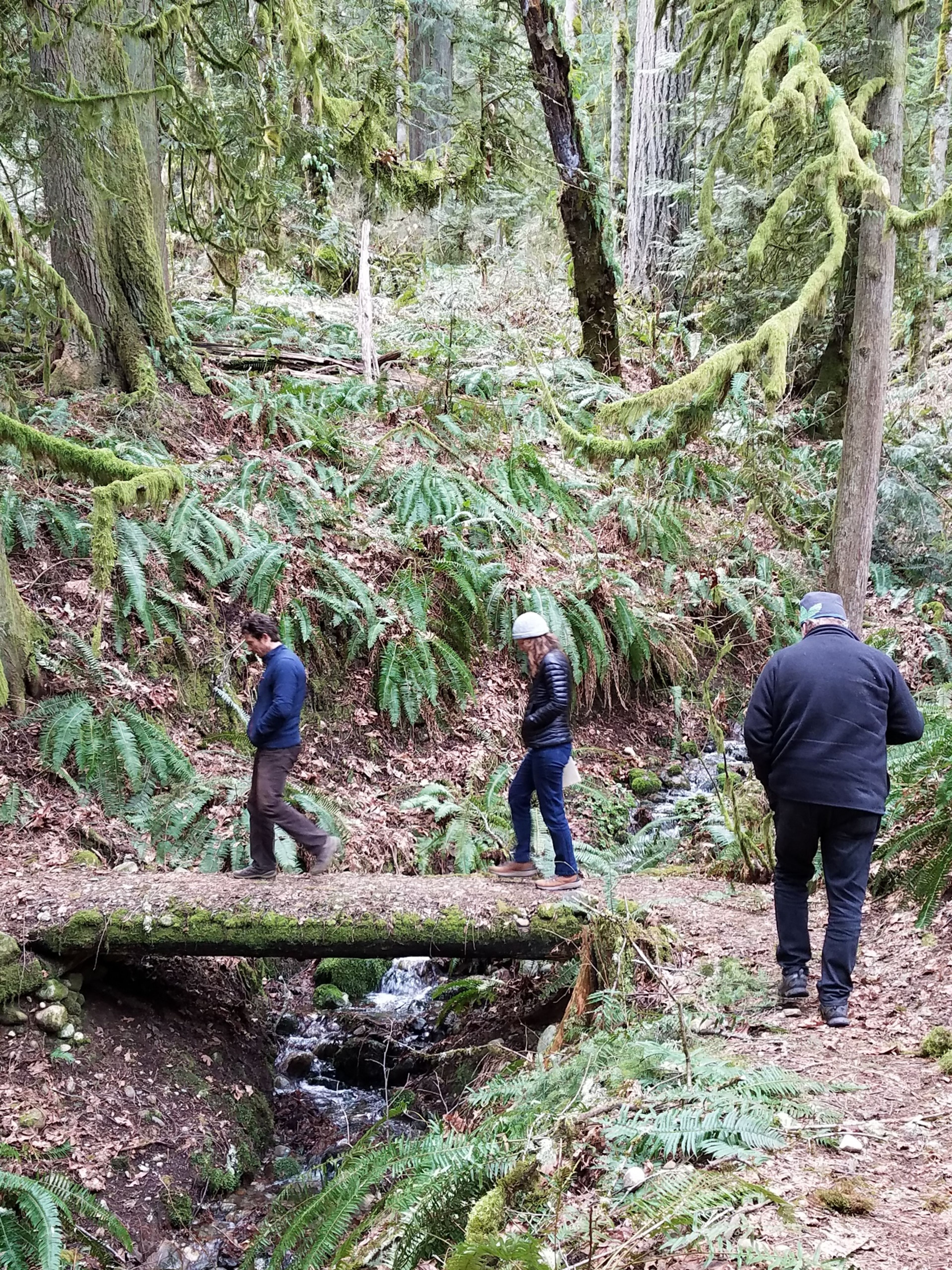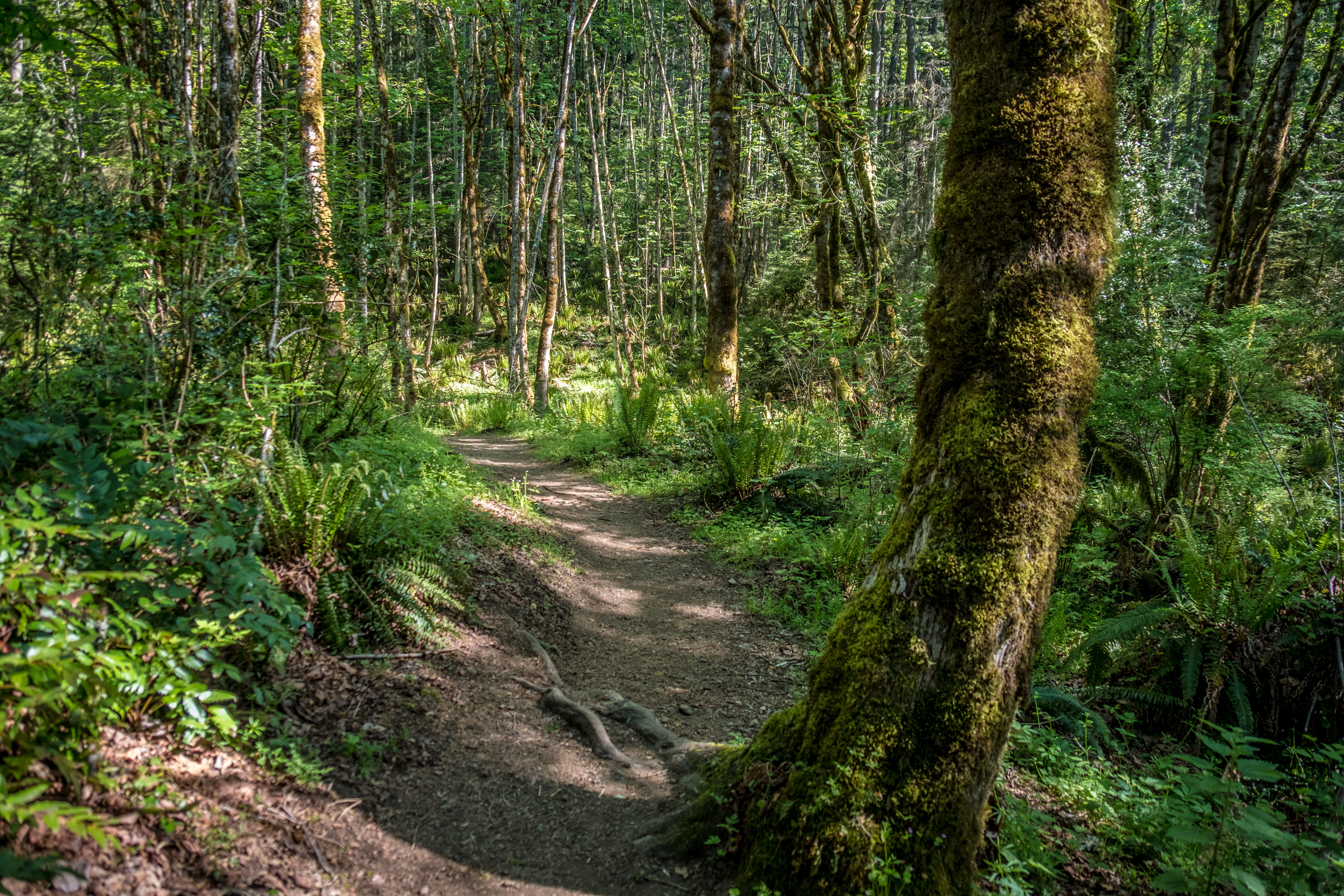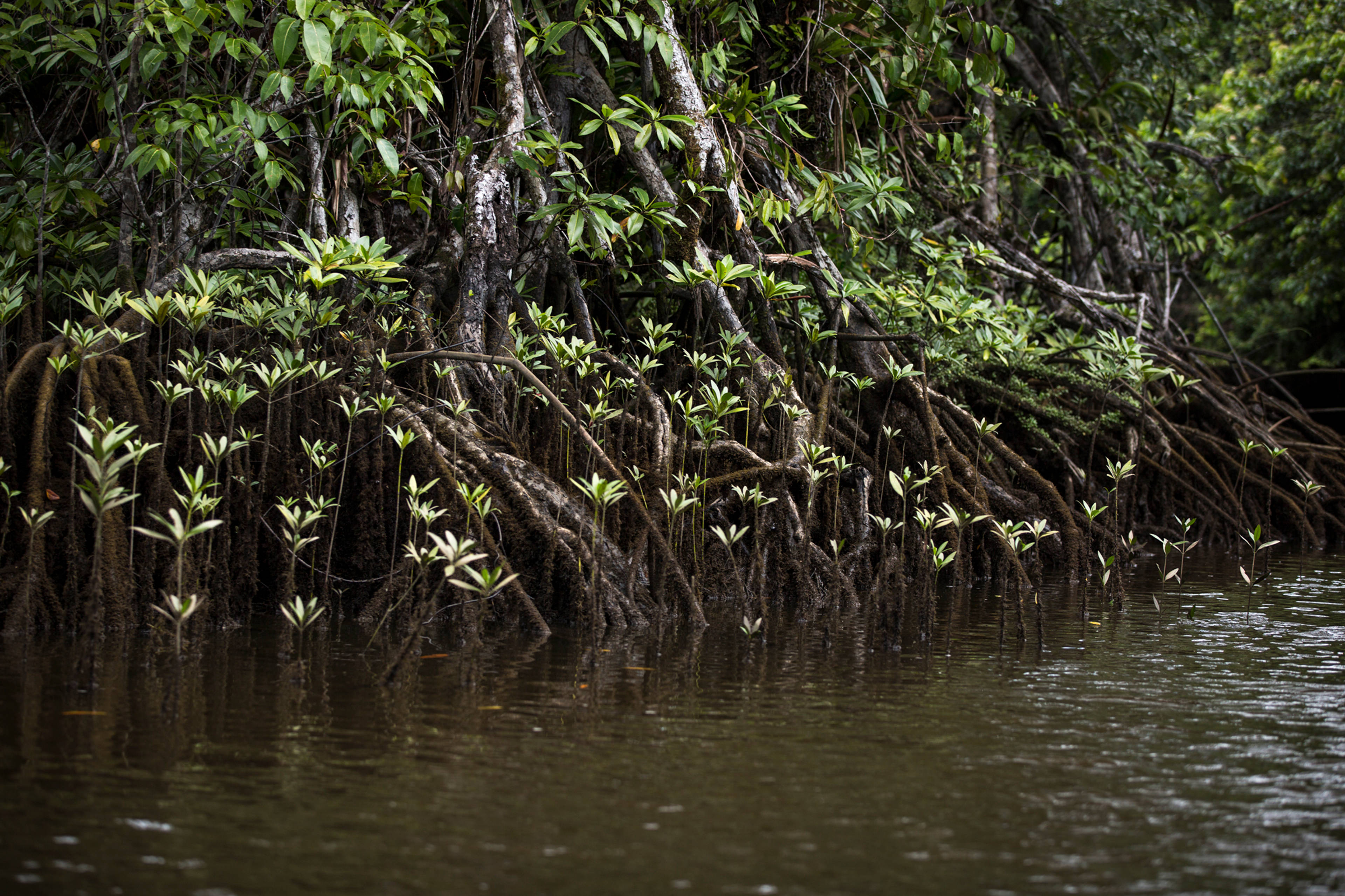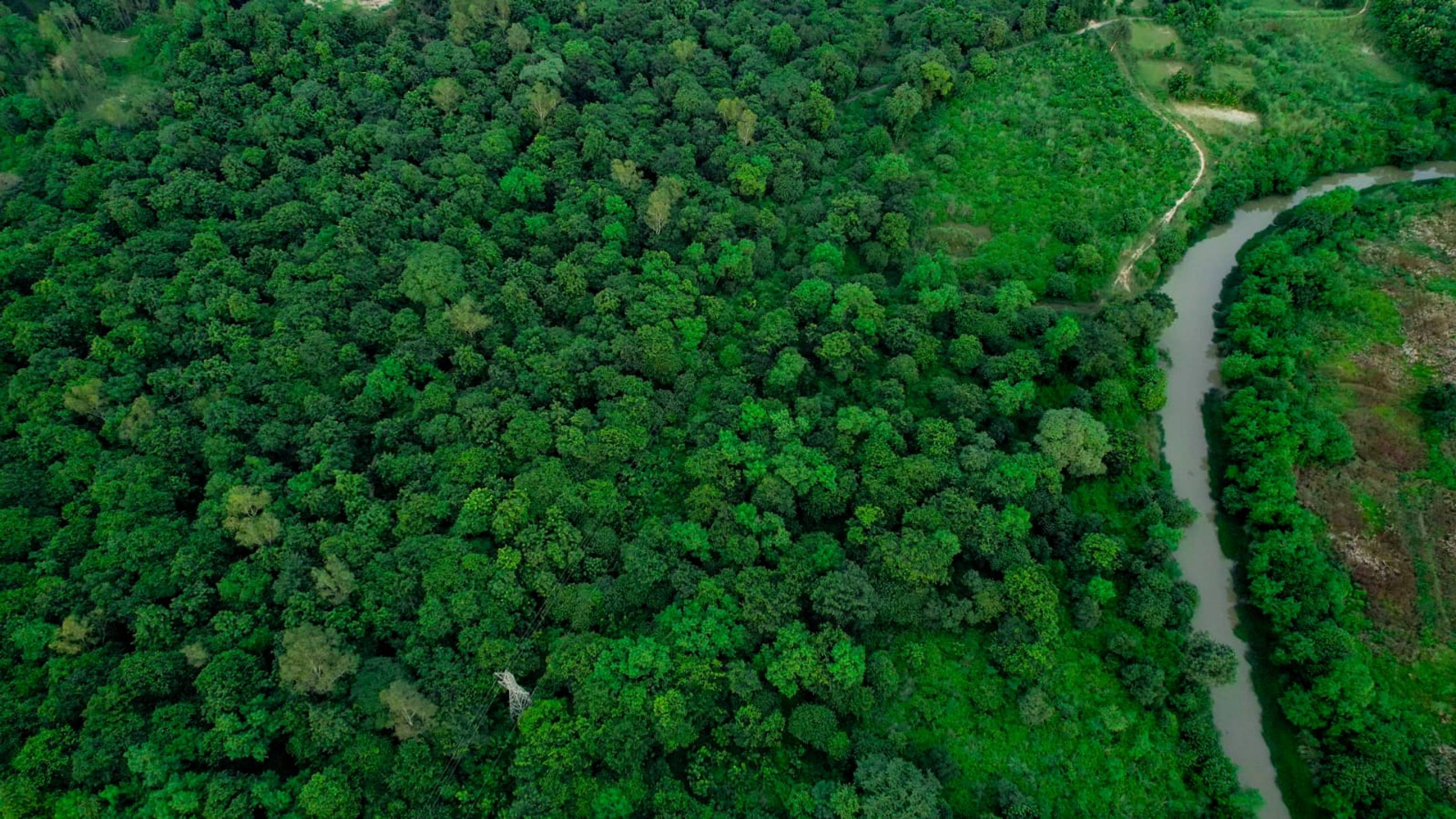Providing clean air, water, and public parks by protecting existing forests
Located near Seattle, Washington in the Pacific Northwest, this area is known for its temperate rainforests that include some of the largest trees in the world, yet is also the most populous county in the state with over 2.23 million residents. Most forests in King County have been heavily cut for timber production and regenerated one or more times since the late 1800s. Additionally, over the past several decades, increased local housing demand has expanded into rural areas putting pressure on nearby forests. By conserving these forests, the project will not only provide net emissions reductions but also protect biodiversity, water quality, and other ecosystem services.
The King County Rural Forest Carbon Project is a Grouped Project including multiple properties. All acquired properties will be managed for conservation, including enhancing carbon storage, maintaining or improving fish and wildlife habitat, recreation, and with certain properties maintaining activities like selective thinning to enhance forest health and resilience.
65,966
tons of net CO2 emissions will be reduced over the project’s first 10 years (12.82 tons per hectare per year).
100
year crediting period, started on Jan. 1 2015.

King County staff leading a tour in Cougar Mountain Regional Wildland Park.












